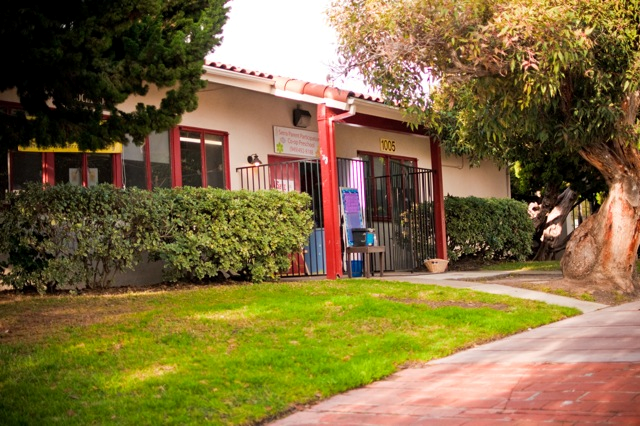Dear Parents,
Over spring break I took a little bit of time to organize some of my files. I came across a folder on a workshop/training I took two years ago. I never had a chance to talk or write about my experience. After looking through the folder at my notes I decided that now might be a good time to share my thoughts given all the attention and focus on the importance of adult/child interactions that is thankfully floating around right now.
Two years ago I spent two intense days in training on something called CLASS. CLASS stands for “The Classroom Assessment Scoring System.”
The CLASS dimensions are based on developmental theory and research suggesting that interactions between students and adults are the primary mechanism of student development and learning. The CLASS dimensions are based solely on interactions between teachers and students in the classrooms. It does not evaluate the presence of materials, the physical environment or safety, or the adoption of a specific curriculum. The CLASS focuses on interactions between teachers and students and what teachers do with the materials they have.
As I was listening to the introduction part of the training I thought to myself, “Well this is really different.” Most workshops or trainings focus on things like meeting the standards, curriculum development, behavior management, etc. I am passionate about talking and interacting with children in a specific way and I was very interested in where this workshop was headed.
One of the major domains that we looked at was Emotional Support . Something that the researchers found was that among a group of students who displayed significant behavior and emotional problems in Kindergarten, those who were placed in first grade classrooms offering higher emotional support made academic progress at levels similar to their low risk peers, whereas high risk students placed in classrooms offering lower levels of emotional support fell further behind their low risk peers.
The studies demonstrated that emotional support in the classroom uniquely predicts student outcomes.
You may be wondering why I am sharing this with you. At Serra I think teachers work hard to provide the kids with really interesting activities that support a lot of learning. I also think that the kids get a lot of emotional support. They get that because of the time and energy that you give in the classroom. This training validated a lot of what we all do together.
I want you to know that your time is meaningful and valuable. You give emotional support when;
- Someone wipes up a skinned knee and lovingly puts on a band aide.
- When parents thoughtfully set up the yard for a game.
- Help kids solve a problem.
- Read a story or play the same game (this year it is baseball and catch) for the hundredth time.
- When you speak gently to children.
- When you smile and tell the kids you are happy to see them.
- When you simply show that you are happy to be with them and play with them.
- When you are thoughtful and intentional in the way you converse with them.
The list is endless. If Emotional Support possibly means more than a specific curriculum or the best materials, then I say Serra scores high.
Isn’t it exciting to know that your gift of time means so much. We all know that Emotional Support is important. I think parents today spend more time supporting kids emotional development than in years past. We know more, we have more information and we have places like Serra where we can be a part of a community that really cares about kids.
Thanks so much for all you do!
Fondly,
Patty Nowicki




